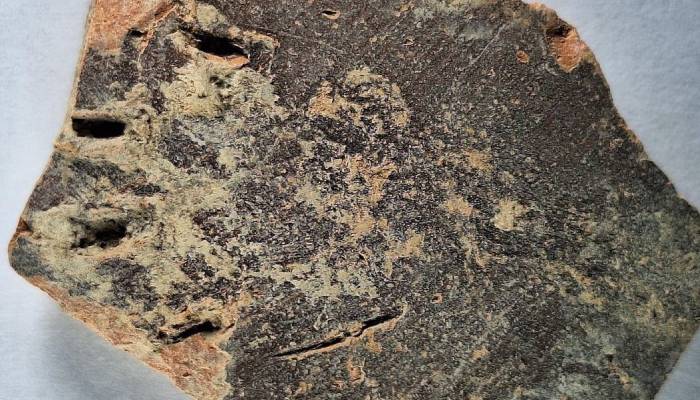
Over a thousand years ago, a cat stumbled upon a fresh piece of pottery and placed its paws on the clay in Jerusalem.
As per Live Science, scientists carefully analyse a piece of jug and come to this conclusion that this is the oldest known evidence of a cat “kneading,” a behavior sometimes referred to as making biscuits.
This unique piece was discovered at Mount Zion, a hill that lies just outside the Old City of Jerusalem, during an excavation.
After the dig, they stored the artifacts in boxes but no one noticed that paws until then.
Laboratory director Gretchen Cotter was sorting through them when she noticed distinctive pottery marks, a forehead and small claw pad marks, as well as deep, precise indentations.
“We think the cat was kneading rather than just resting on the jug because its claws were extended and left deep marks in the clay surface,” Gibson said.
These paw prints measures 1.2 inches across.
Gibson added, “The kneaded fragment was once part of a jug that probably carried water, wine or olive oil.”
“The paw print indicates that the small cat was probably reclined on the curving edge of the jug, likely basking in the sun,” Gibson tells adding that “We can only [imagine] that it was purring.”
"Kneading" refers to cats' tendency to push their paws against soft surfaces, spreading and massaging their paws almost as if they were kneading dough and experts believe that cats only do this action when they feel happy and saved.
















